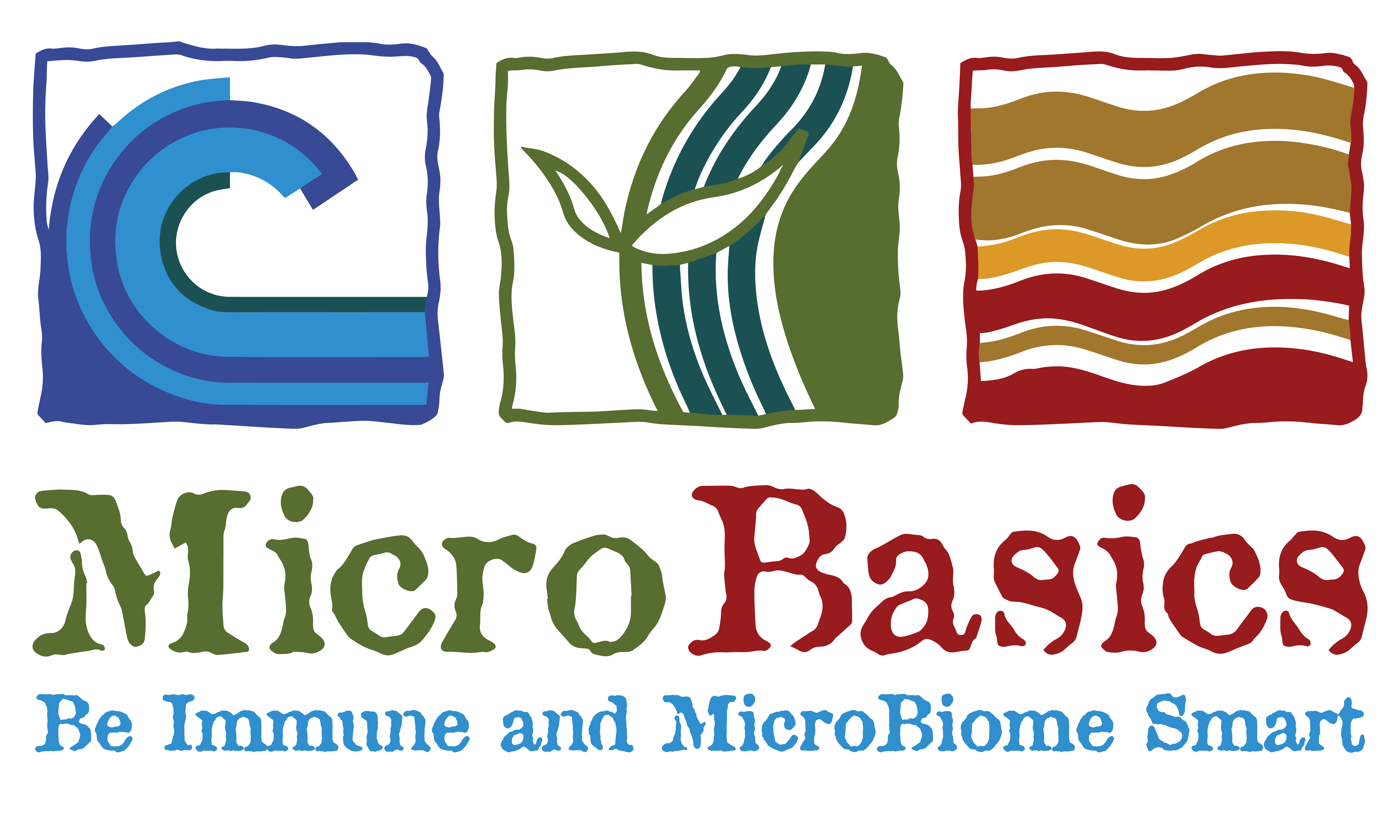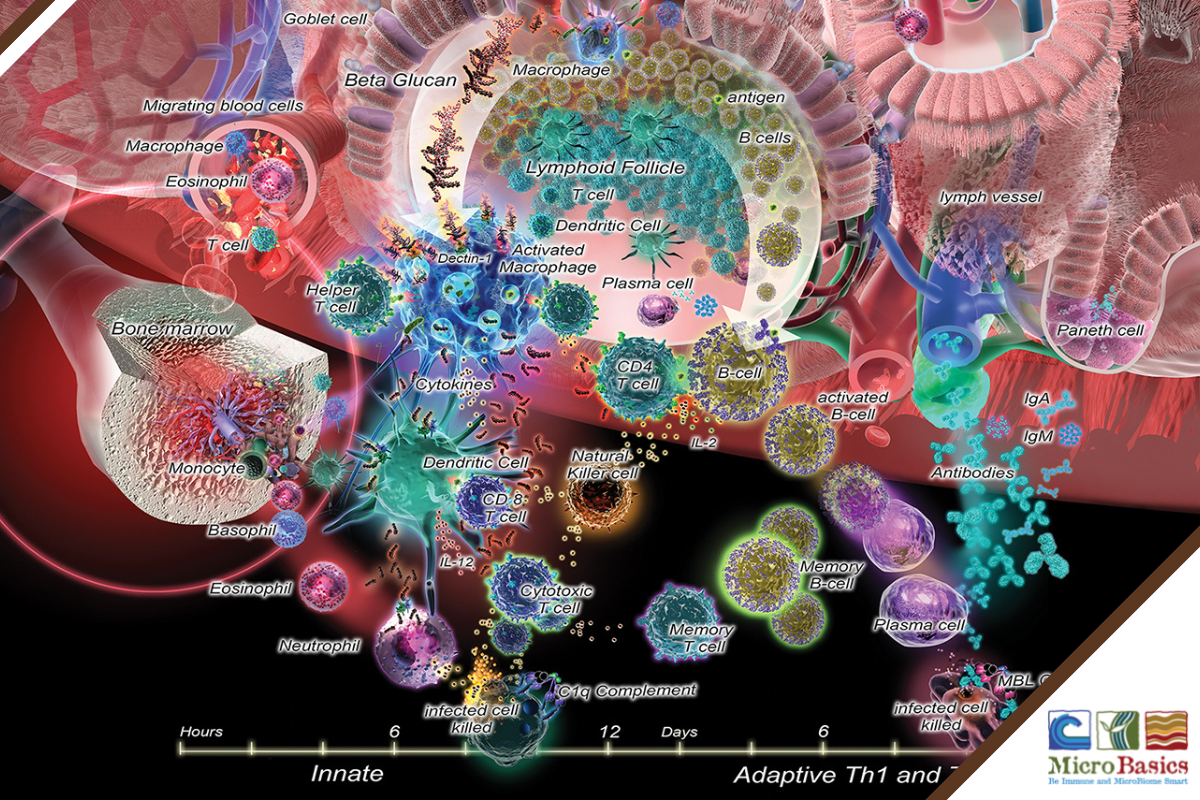The Immune System is a complex network that protects the body from foreign invaders. Do not underestimate the importance of maintaining a strong and healthy immune system. Every second of everyday animals, birds and aquaculture wage a silent war against billions of viruses, bacteria, pathogens and parasites. This system is made up of different organs, cells, and proteins that all work together in the immune response. There are 2 main parts of the immune system. The innate immune system and the adaptive immune system.
Innate Immune System
The innate immune system is the first line of defense against foreign invaders. Physical barriers such as skin and mucous membranes lining the respiratory tract, gastrointestinal tract, and genitourinary tracts are all involved in innate immunity.
The innate immune system is non-specific and lacks memory. Response time can be immediate and involves sending white blood cells to the site of attack, which kicks off a cascade of events that leads to purging the body of the invader, removal and repair of any damaged tissue, and resolution of the inflammatory response.

Adaptive Immune System
The adaptive immune system kicks in when innate immunity is overwhelmed. Memory of the adaptive immune system is strong and involves T cells and B cells. It’s important to remember that adaptive immunity takes time to develop. Vaccines work with adaptive immunity; the timing of vaccine administration is important so that this memory can be built in advance, before there is a challenge to the immune system.
Nutrient Partitioning
The immune system can be activated by many different things including pathogens, stress, parasites, molds, and mycotoxins. Activation of the immune system requires a lot of energy and partitions that energy away from growth and production of the animal. Immune activation costs producers a lot of money in lost marketable product, labor, treatment, and decreased feed efficiency.

Inflamatatory Responses
Inflammation is a normal immune response to disease challenge. This process includes movement of white blood cells to the area under attack, and clean up of any damaged tissue. Although this process is necessary, it is glucose dependent and can increase maintenance requirements up to 40%. This puts a great drain on energy supply that could otherwise be used for growth or production.
- A cow requires 100g of glucose to produce 2.2lbs of milk
- Inflammatory response consumes 2.2lbs of glucose every 12 hours
- 22lbs of milk being lost over the same period, or 44lbs/day
- 10% of cows are experiencing a base level of inflammation due to high cell counts
Impaired Immune Function.
A properly functioning immune system has the animal well on the road to recovery in no time, but when the cycle fails to be resolved it continues in a destructive loop into a state of chronic inflammation. Prevention of immune dysregulation is a process that involves homeostasis of the immune response and restoration of healthy microflora.
Placing an emphasis on supporting a healthy immune response will prevent chronic illness and allow producers to avoid the costs associated.
Check out our Interactive Immune System Page
Written by: Mariah Gull, M.S.

